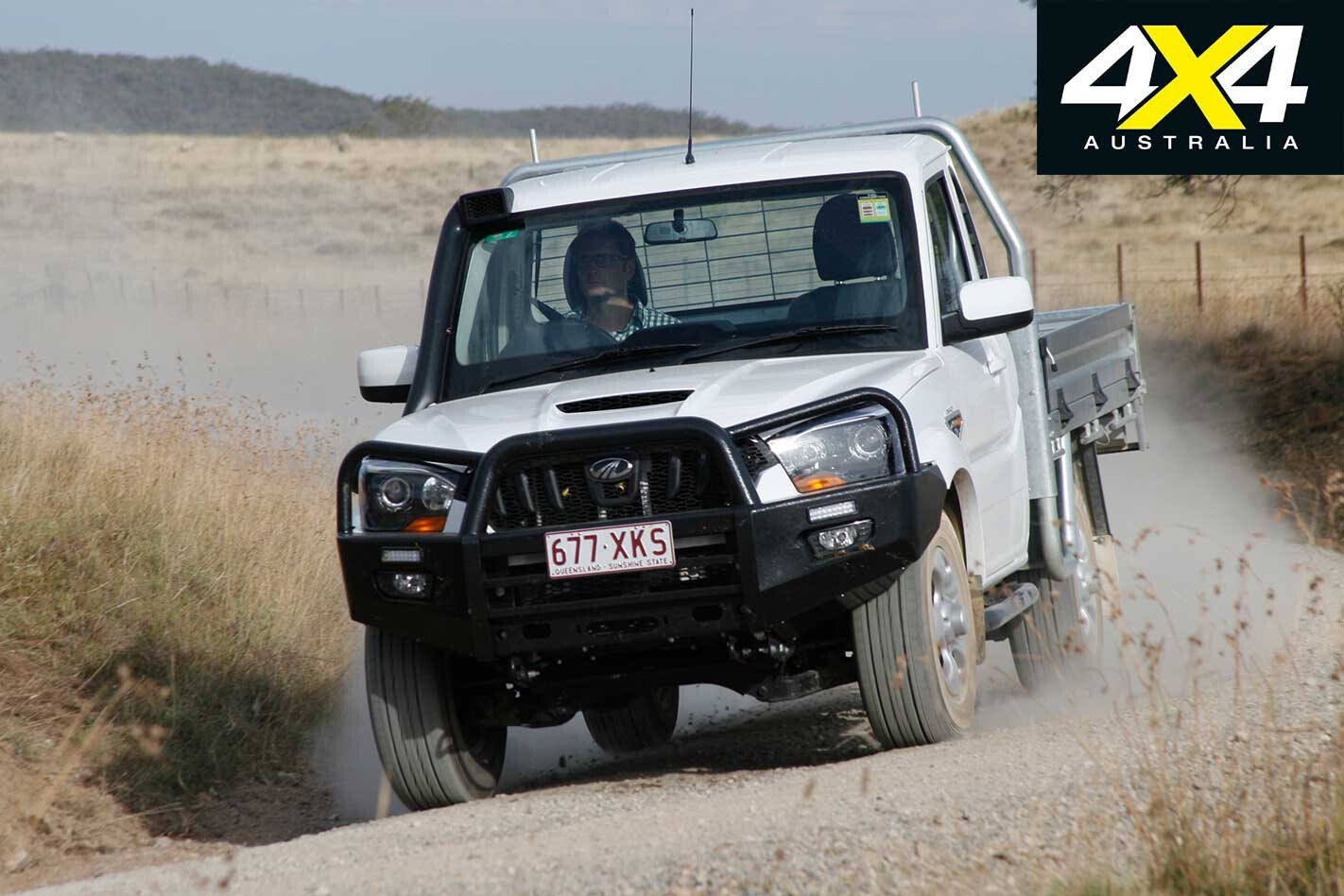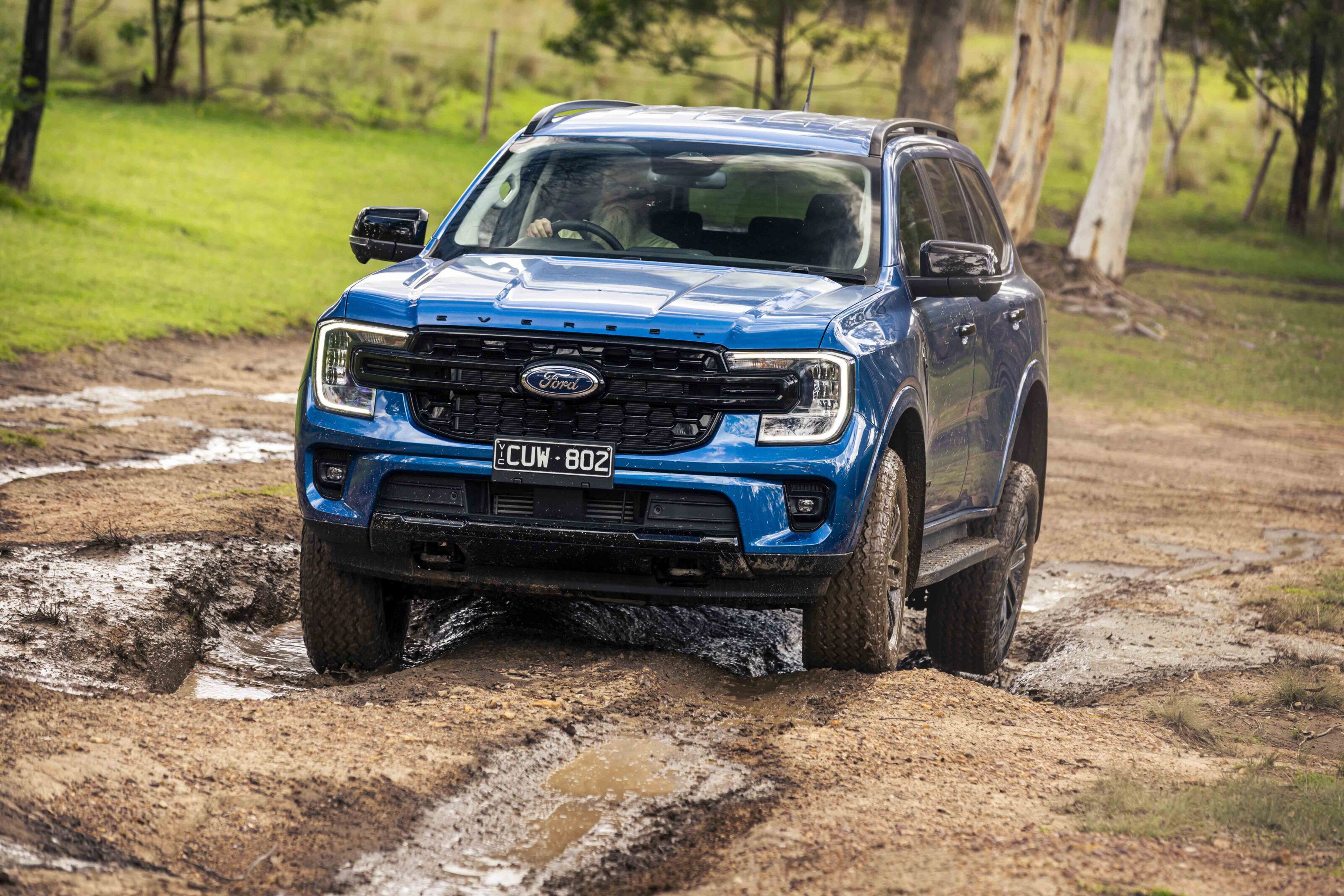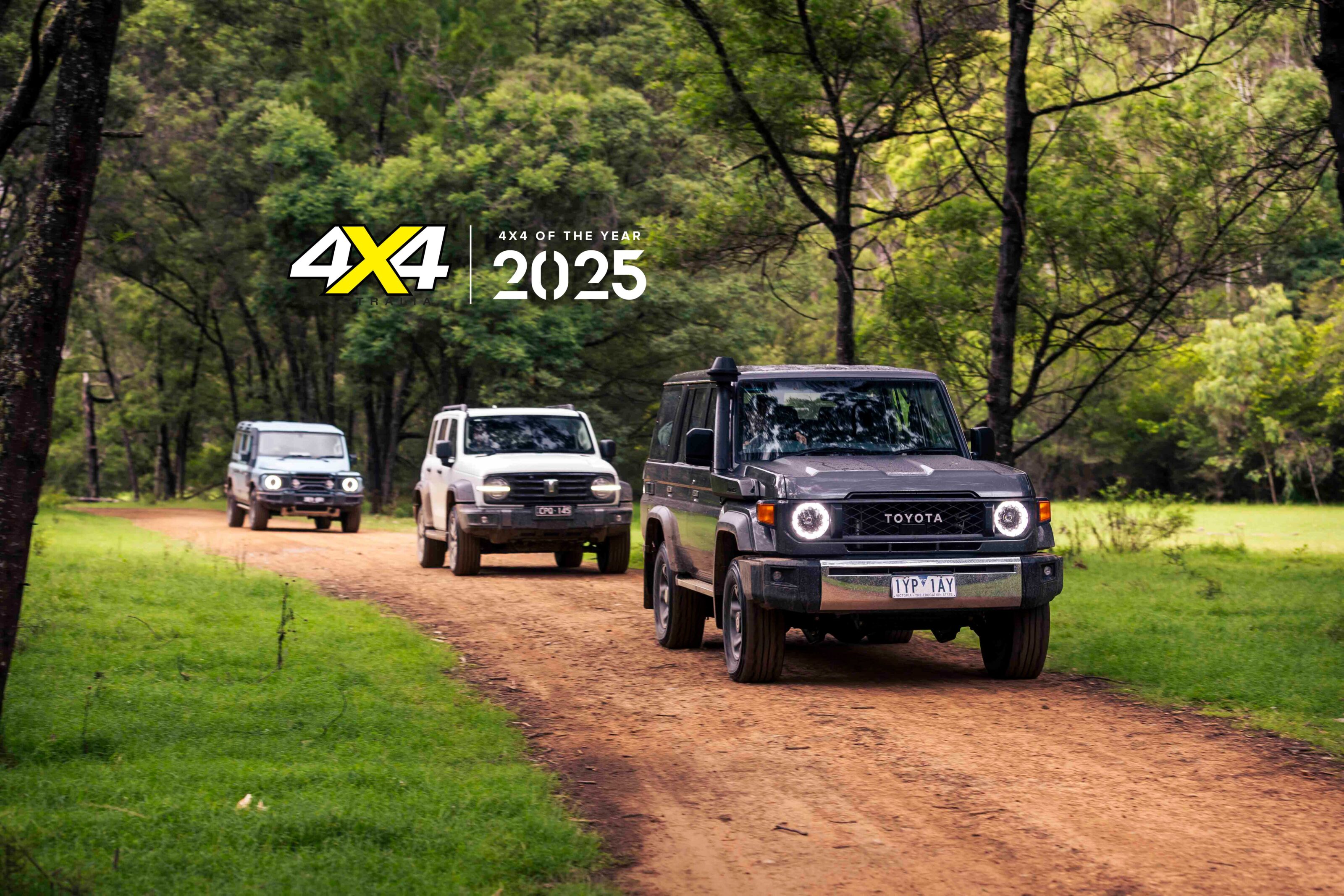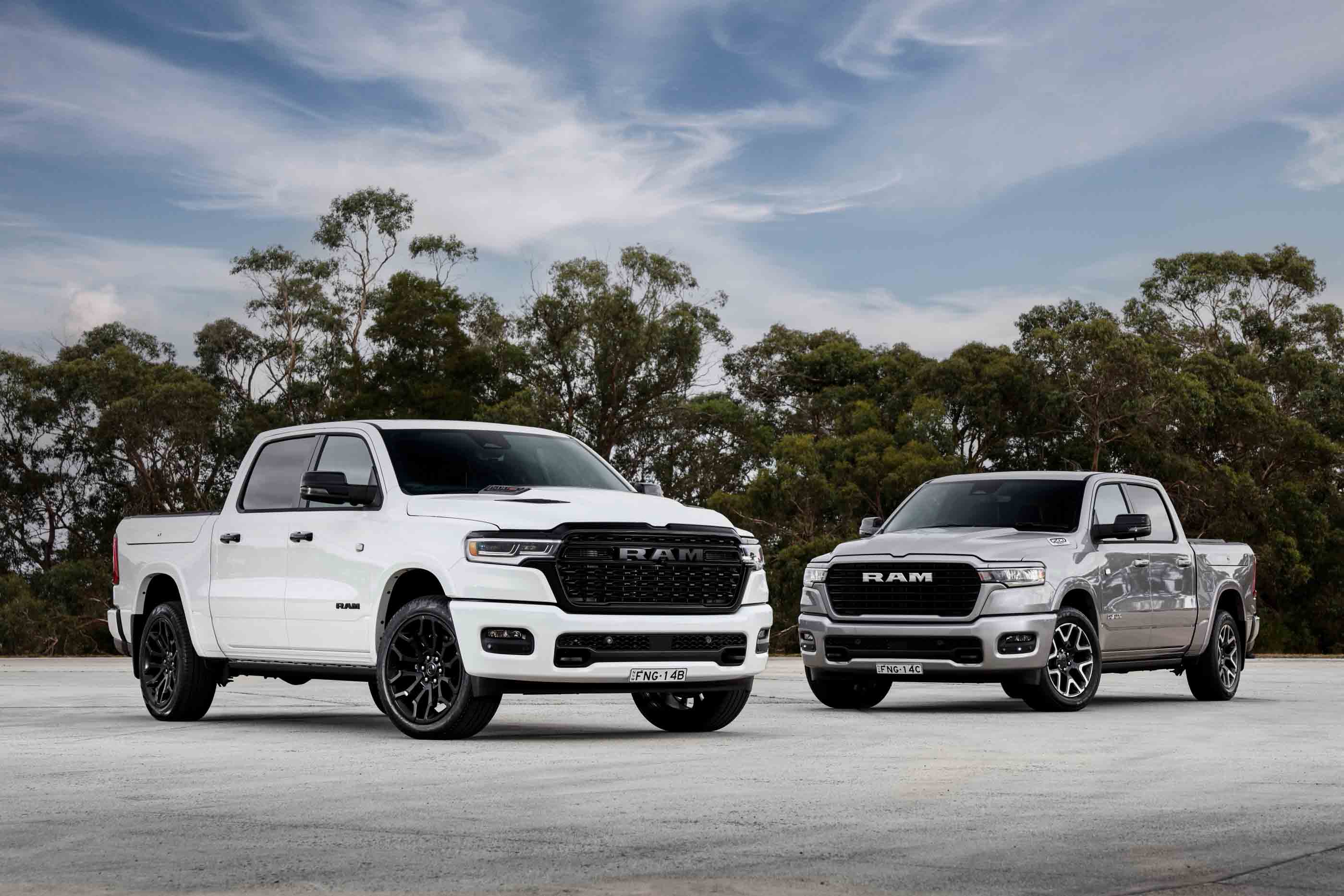THE Mahindra Pik-Up has been in Australia since 2007 and, while there have been a few updates along the way, what we have here is a second-generation model with a new powertrain, a new cabin, more equipment, revised styling and ramped-up safety.
As ever, sharp pricing is what the Pik-Up is all about, with this single-cab/chassis model (the least expensive of the 4x4s) a $26,990 driveaway proposition. The top-spec 4×4 dual-cab ute is $31,990.
Ideally, we would have liked to test the dual-cab, but the single-cab was the first of the new Pik-Ups available and we were keen see how the new powertrain performed, as well as sample the other changes. A test of the dual-cab shouldn’t be too far off.
Climb into the Pik-Up and the first impression is of an airy, spacious and upright cabin that’s more light truck than ute. The new dash and interior make the Pik-Up feel more contemporary than before; the seats are comfortable, there’s great vision for the driver and there’s a handy amount of storage behind the seats. Tilt but no reach adjustment for the steering wheel, and there’s a lack of storage space for small items like phones.
The new engine is quiet and, while its 103kW (up from 90kW) means it’s no rocket, it’s still very flexible and generally effortless. Holding highway speeds uphill poses no problems, and the Pik-Up feels more relaxed at freeway speeds than it has any right to be.
The Pik-Up’s engine is a modern Euro 5-compliant design, so while its 103kW and 330Nm isn’t anything special, at least it’s very understressed. The new six-speed manual has a light but positive shift action and is nicely geared for both slow-speed and highway work.
For a ‘farm truck’ the Pik-Up’s on-road steering and handling is surprisingly reassuring and confident, even if the unladen ride is very firm – much firmer, for example, than something like a Toyota Hilux or Ford Ranger. And the general on-road refinement and noise abatement, save for some wind noise around the snorkel (a factory accessory), is also surprisingly good.
Off-road, the Pik-Up has clearance, vision and deep low-range gearing on its side, but wheel travel at both ends isn’t anything special. Thankfully the Pik-Up now has electronic traction control (new for this model) and retains the Eaton rear locker that’s been fitted since 2011.
The Eaton locker is fully automatic and, being a mechanical locker, works independently from the traction control. So while it overrides the traction control on the rear wheels, it keeps the traction active on the front wheels. The end result is that the Pik-Up performs well in difficult off-road conditions, despite its lack of wheel travel.
As a work vehicle the Pik-Up has plenty of payload capacity (see Payload Test below), but the 2500kg towing limit is short of what other utes offer these days.
At this stage this new Pik-Up hasn’t undergone ANCAP safety testing, but the previous model achieved a three-star rating when tested in 2012, so this new model with new safety features such as electronic stability control and rollover mitigation should do better if and when tested.
The Pik-Up is sold and serviced through 40 dealers nationally and comes with a three-year/100,000km warranty, with an additional two years warranty on the powertrain if the vehicle hasn’t covered 100,000km. Service intervals are 15,000km or 12 months and Mahindra will soon offer fixed-priced servicing.
Practical touches include gas bonnet struts, a manual fuel-pump prime and an easy-access fuel filter. Not so good is the lack of a lock on the fuel filler.
All up the Pik-Up is a very impressive vehicle, especially at its price. It doesn’t feel like a budget vehicle and does all the basics well – very well, in fact – and is difficult to fault except in some details. For a farm or work ute it makes an awful lot of sense and deserves to sell in far greater numbers than it has previously.
PAYLOAD TEST
AS WE try to do with all the utes we test, we loaded 800kg into the tray of the Pik-Up to see how it would cope with a heavy payload. Legally, the Pik-Up can carry more than that – around 920kg, once you take into account the weight of the bullbar, towbar and have both a driver and passenger aboard – but 800kg is the standard load we use.
With the load placed directly above the rear axle rather than up against the headboard, the Pik-Up’s rear suspension settled a mere 45mm, which is less than the best of the popular dual-cabs we’ve previously tested; although, the load in a dual-cab would sit farther back. The Pik-Up felt stable and secure on the road, the rear suspension didn’t bottom on bigger bumps nor did the front top out.
The most noticeable effect of the 800kg was positive due to the improved ride quality. The engine performed better than expected; it felt the extra weight, but didn’t struggle and remained generally effortless. Top marks all around.
*Thanks to Taralga Rural for their invaluable assistance with the 800kg payload test.
WORK READY
MAHINDRA offers a range of factory accessories for the Pik-Up, including a galvanised steel tray ($2959), winch-compatible steel bullbar ($2574), a tow bar ($872) and an air-intake snorkel ($765), all of which were fitted to our test vehicle. The snorkel unfortunately came loose where it mounts to the A-pillar, something Mahindra will hopefully address.
Mahindra also offers aluminium trays and colour-coded steel trays. A suspension upgrade and lift kit, a stainless-steel nudgebar and a bashplate are all in the pipeline.
2018 MAHINDRA PIK-UP SINGLE CAB 4X4 PRICES* S6 Single-cab/chassis 4WD: $26,990 S6 Dual-cab/chassis 4WD: $29,490 S6 Dual-cab ute 4WD: $29,990 S10 Dual-cab ute 4WD: $31,990 *Prices are drive-away
2018 MAHINDRA PIK-UP SINGLE CAB 4X4 SPECS Engine: 2.2-litre 4cyl turbo-diesel Max Power: 103kW at 4000rpm Max Torque: 330Nm at 1600-2800rpm Gearbox: Six-speed manual 4×4 System: Dual-range part-time Construction: Separate-chassis Front Suspension: Independent/torsion springs Rear Suspension: Live axle/leaf springs Unladen Weight: 1780kg (no tray) GVM: 3150kg Payload: 1370kg (minus tray) Towing Capacity: 2500kg GCM: 5150kg Fuel Tank Capacity: 80 litres ADR Fuel Claim: 8.6L/100km Test Fuel Use: 9.8L/100km Touring Range: 766km*
*based on test fuel use, claimed fuel capacity and a 50km ‘safety’ margin.





